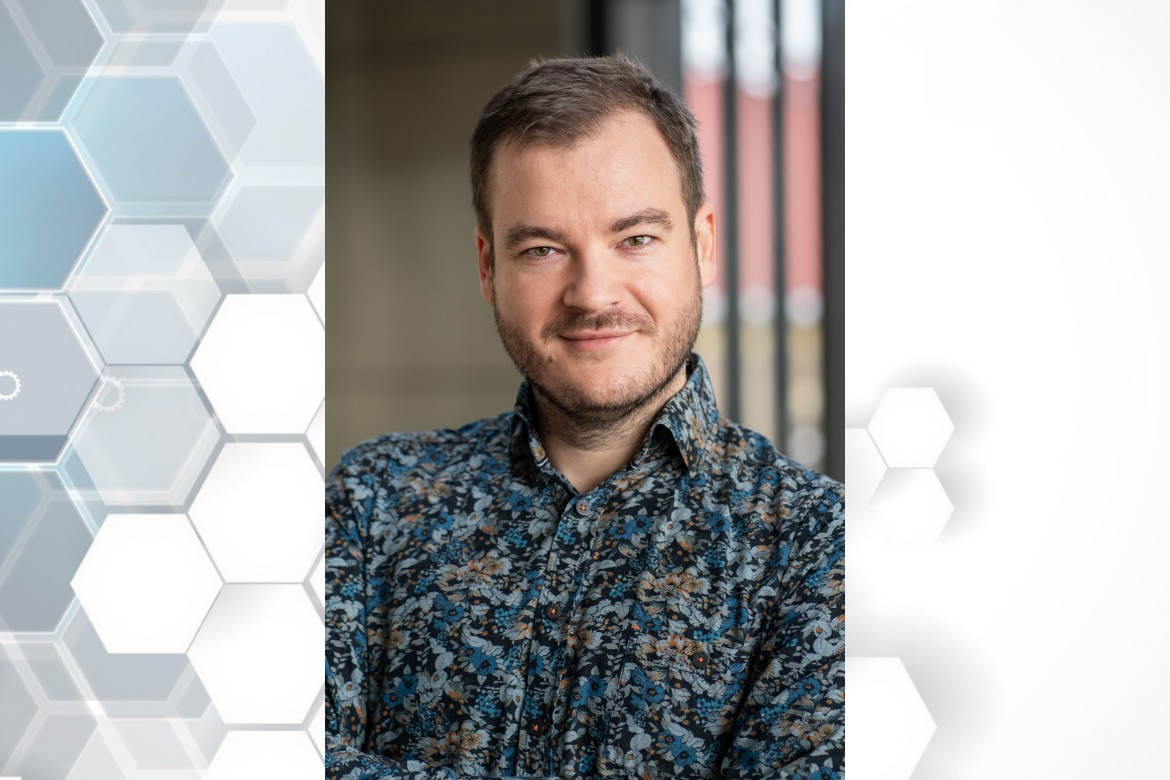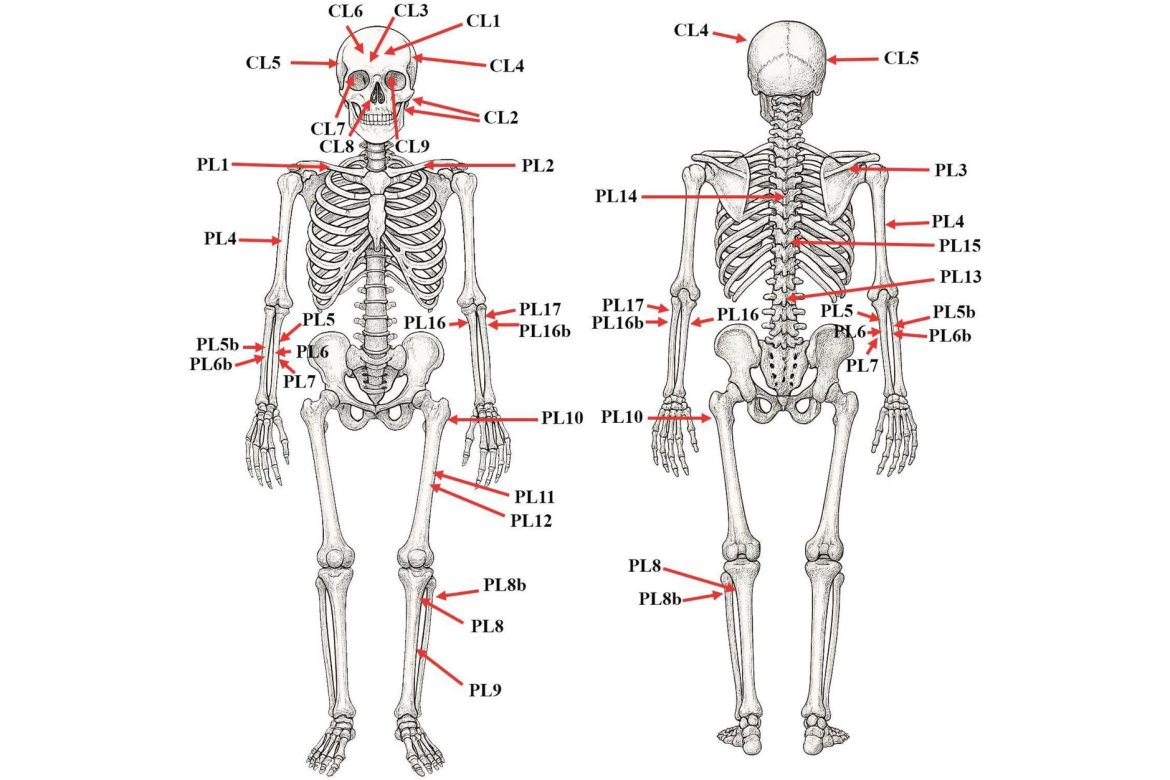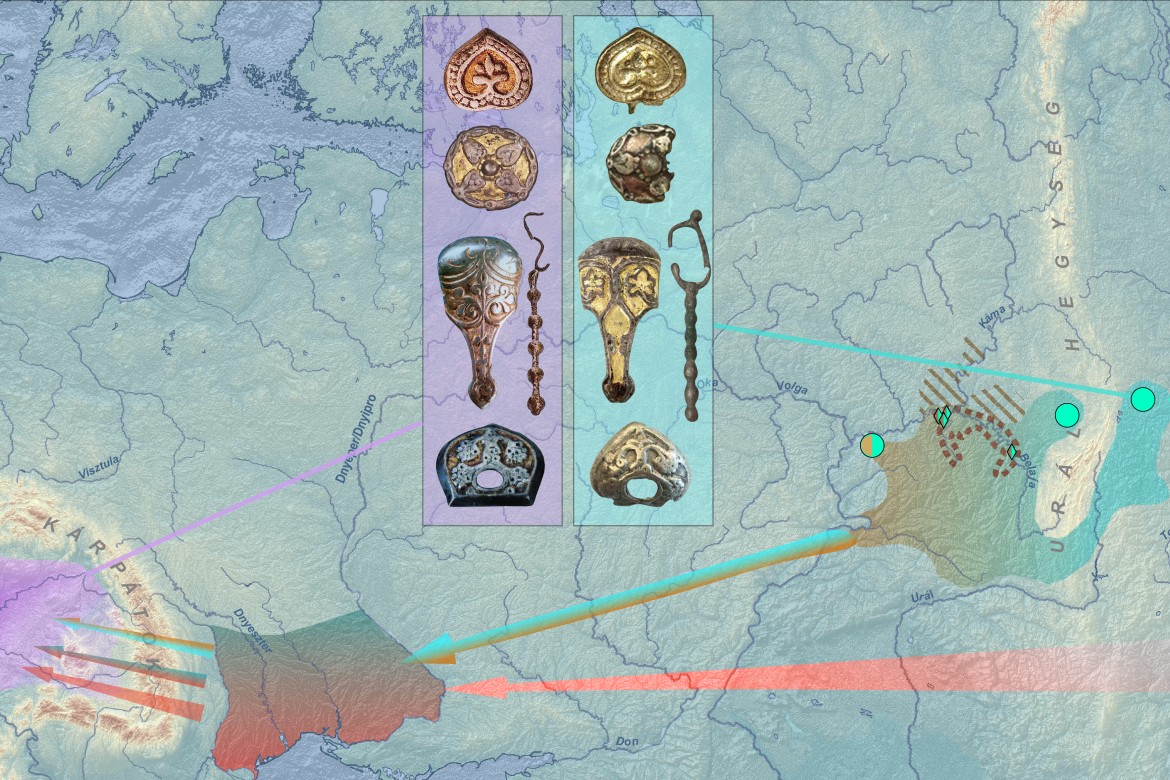ELTE Research Centre for the Humanities | 1097 Budapest, Tóth Kálmán utca 4. | HU15854939

Dániel Gerber among the winners of the Danubius Young Scientist Award 2025
- Details
- Category: News
This year, among the nominees from Hungary, Dániel Gerber, a research fellow at our institute, received the Danubius Young Scientist Award, an honor granted by the Vienna-based Institute for the Danube Region and Central Europe (IDM) and the Austrian Federal Ministry for Women, Science and Research.

Domestic and International Conferences – October–November 2025
- Details
- Category: News
Over the past two months, researchers from the Institute of Archaeogenomics have presented their current and exciting findings at numerous scientific conferences both in Hungary and abroad. In this summary, we provide an overview of the talks delivered.

Murder in cold blood? Forensic and bioarchaeological identification of the skeletal remains of Béla, Duke of Macsó
- Details
- Category: News
An international project led by Hungarian researchers has successfully identified the remains of Duke Béla, the Ban of Macsó, a member of the Árpád and Rurik dynasties. During the research coordinated by Tamás Hajdu (Department of Anthropology, Faculty of Sciences, Eötvös Loránd University (ELTE TTK)), Anna Szécsényi-Nagy and Noémi Borbély from the Institute of Archaeogenomics, ELTE RCH were responsible for the genetic analyses. The investigations have answered a century-old archaeological question. The results clearly illustrate how effectively historical data can be verified and past violent deaths can be reconstructed in unprecedented detail through the cooperation of the humanities and the natural sciences. The new study has been published in the prestigious forensic journal Forensic Science International: Genetics.

Genetic evidence identifies the southern Urals as a primary source of the 10th-century Hungarians (Magyars)
- Details
- Category: News
A landmark study has recently been published in the prestigious journal Cell. In an international collaboration, the Institute of Archaeogenomics at the ELTE Research Centre for the Humanities (RCH IAG) analysed 120 ancient genomes (complete sets of human genetic information) from the region between Western Siberia and the Volga River. This area had not been previously explored genetically; at the same time, it is of great historical, linguistic, and archaeological importance for understanding the origins and early history of the Hungarians. The study focused on the genetic connections of communities living in and around the Southern Ural Mountains. Using groundbreaking genetic data from the Late Iron Age and Early Middle Ages (300–1000 CE), the researchers identified one of the most significant genetic sources of the Hungarians (Magyars) newly settled in the Carpathian Basin, alongside evidence of continuity in some Uralian populations.
More Articles …
Page 1 of 14


